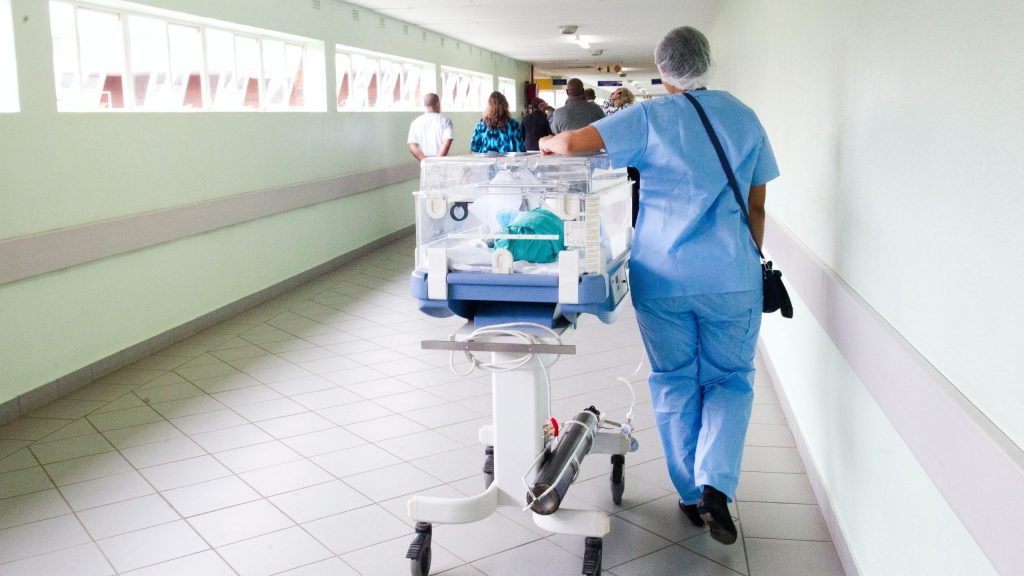
Policy Solution
Cool hospital preparedness
Mandate

Summary
During a heat wave, hospitals can be overwhelmed by a sudden influx of patients. Hospitals connected to the grid may also lose power for essential equipment during heat waves. Hospitals should be prepared for increased admissions and power outages to ensure that they can continue treating patients.
Implementation
Require hospitals and health departments to prepare contingency plans for extreme heat waves. Contingency plans might include installing generators during heat waves, training staff to respond to an influx of patients; and other emergency preparedness resources.
Considerations for Use
Preparation for extreme heat events can help hospitals prepare for other environmental hazards.
Overview
Climate:
Cold, Hot/Dry, Hot/Humid, TemperatePolicy Levers:
MandateMandates are government regulations that require stakeholders to meet standards through building codes, ordinances, zoning policies, or other regulatory tools.Trigger Points:
Preparatory measures (actions to establish authority to act)Actions to establish/ensure the authority to act when appropriate trigger-points occur.Intervention Types:
Buildings and Built FormSectors:
Emergency management, Informal Settlements, Public Health
Case Studies
Impact
Target Beneficiaries:
Heat-vulnerable communities, ResidentsPhase of Impact:
Emergency response and managementMetrics:
Reduction in heat-related deaths
Implementation
Intervention Scale:
CityAuthority and Governance:
City government, State/provincial governmentImplementation Timeline:
Short-term (1-2 Years)Implementation Stakeholders:
City government, State/provincial governmentFunding Sources:
Private investmentCapacity to Act:
High, MediumBenefits
Cost-Benefit:
LowPublic Good:
LowGHG Reduction:
N/ACo-benefits (Climate/Environmental):
N/ACo-benefits (Social/Economic):
Improve human health, Save on utilities
